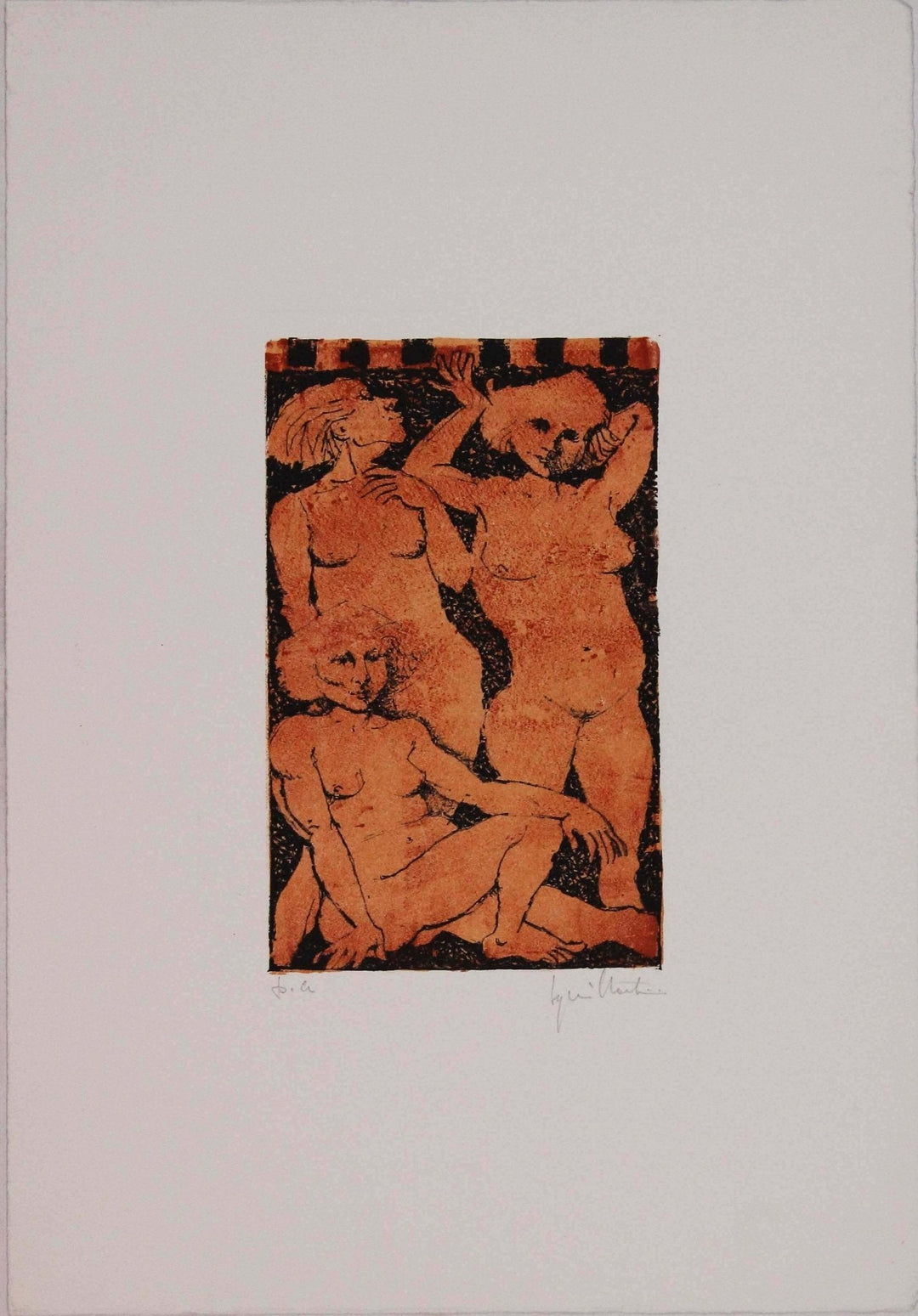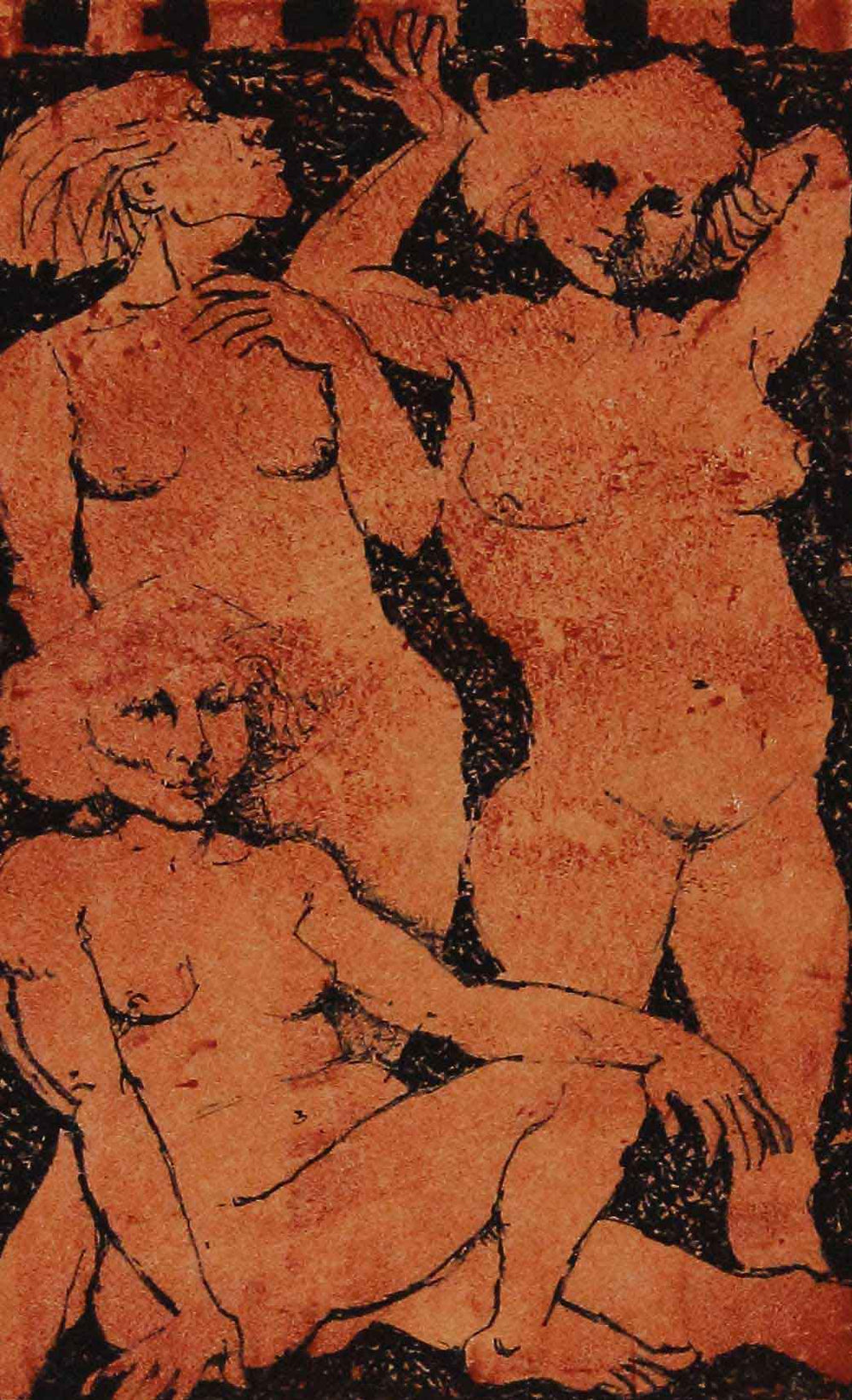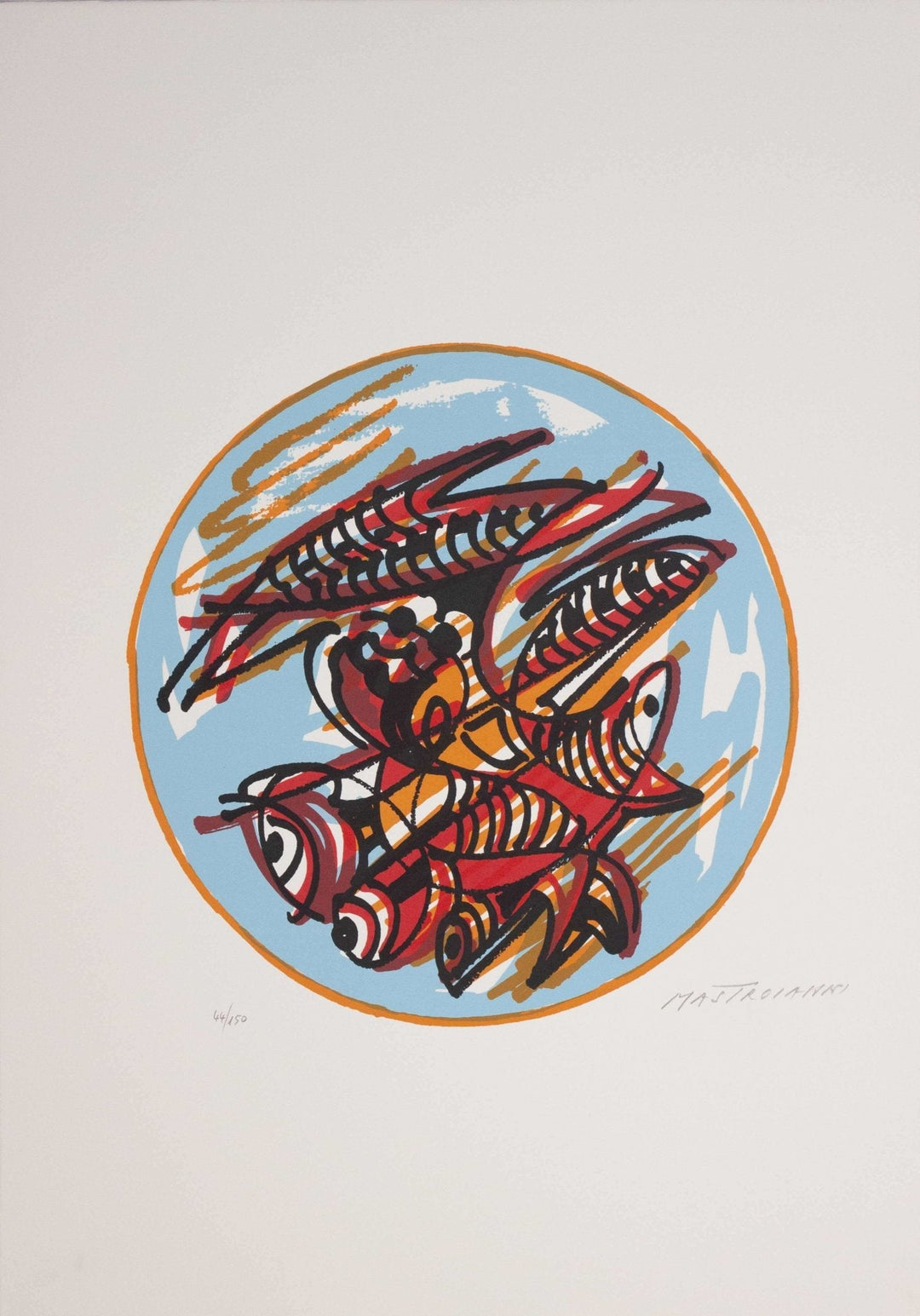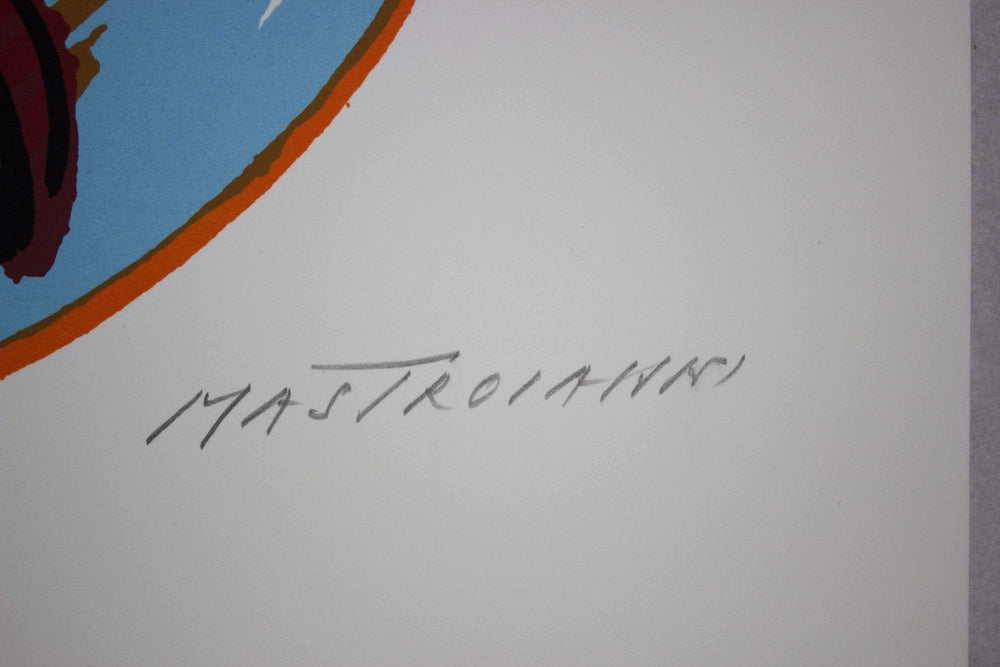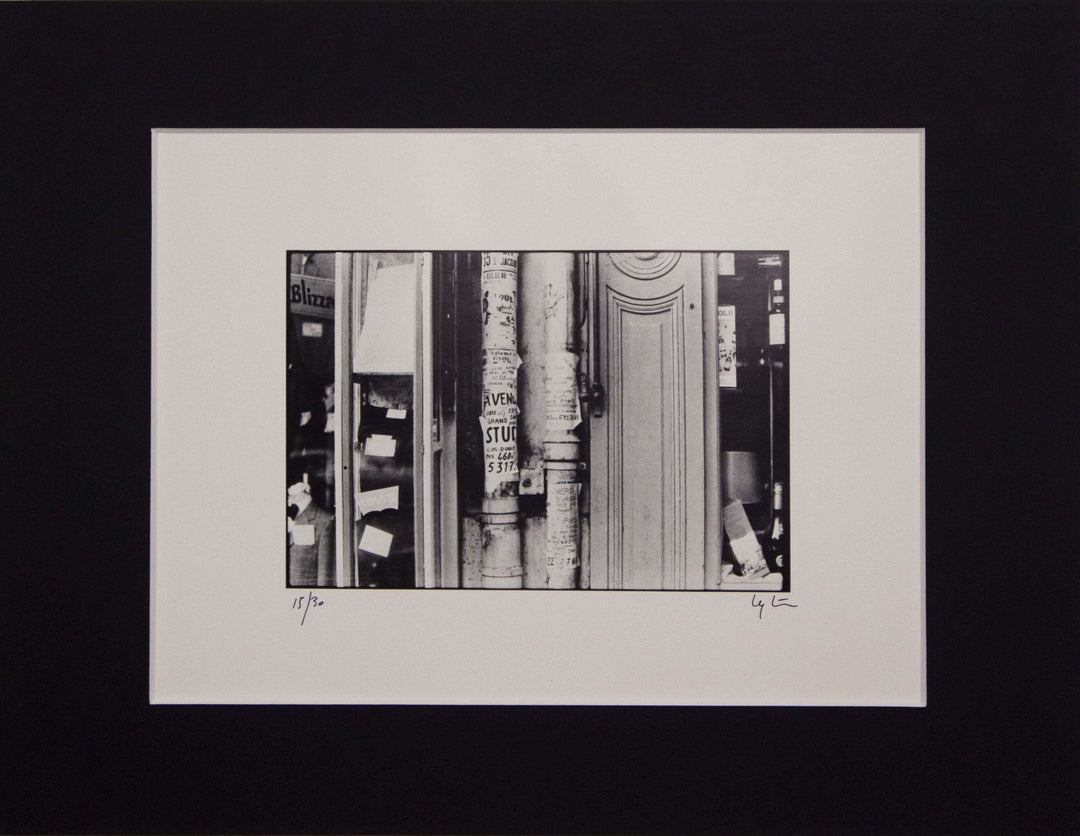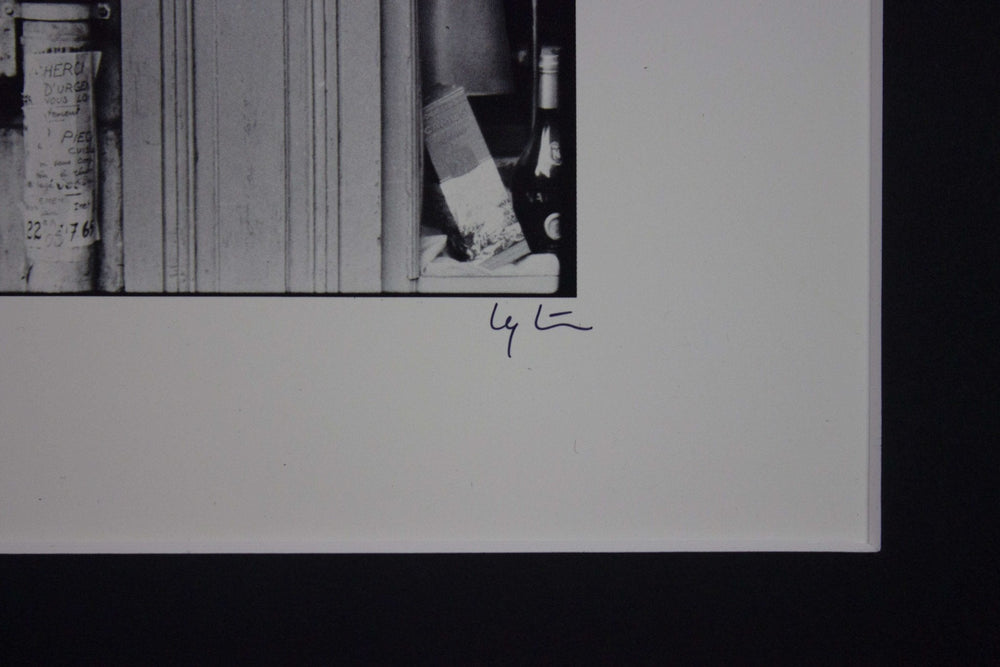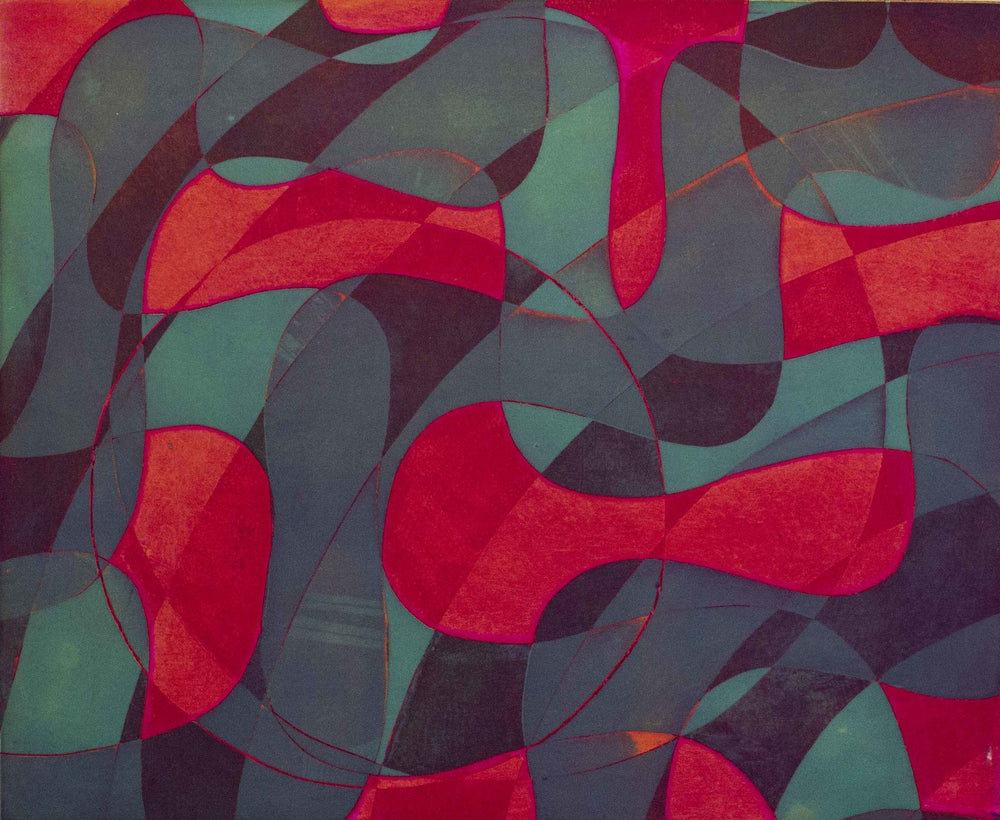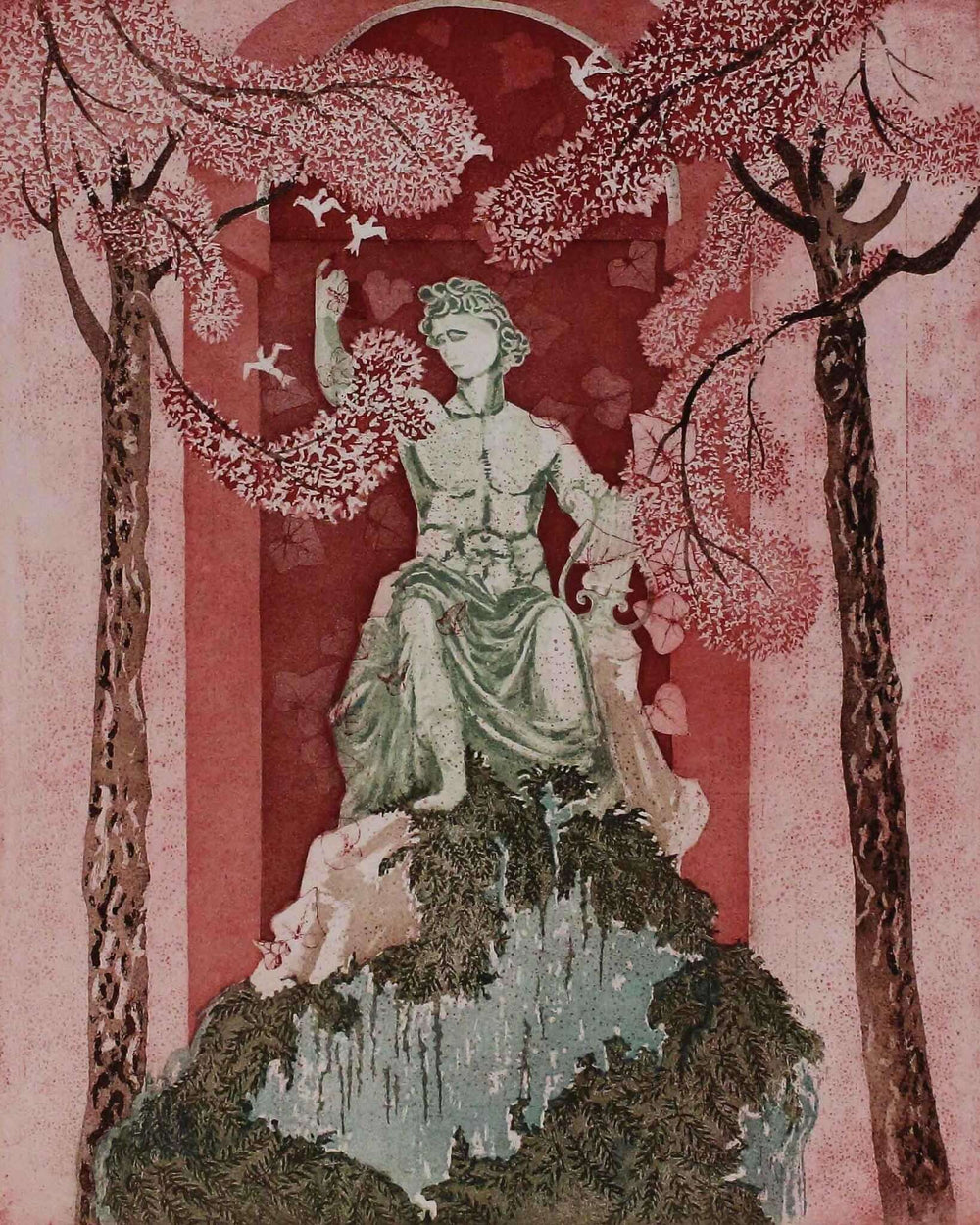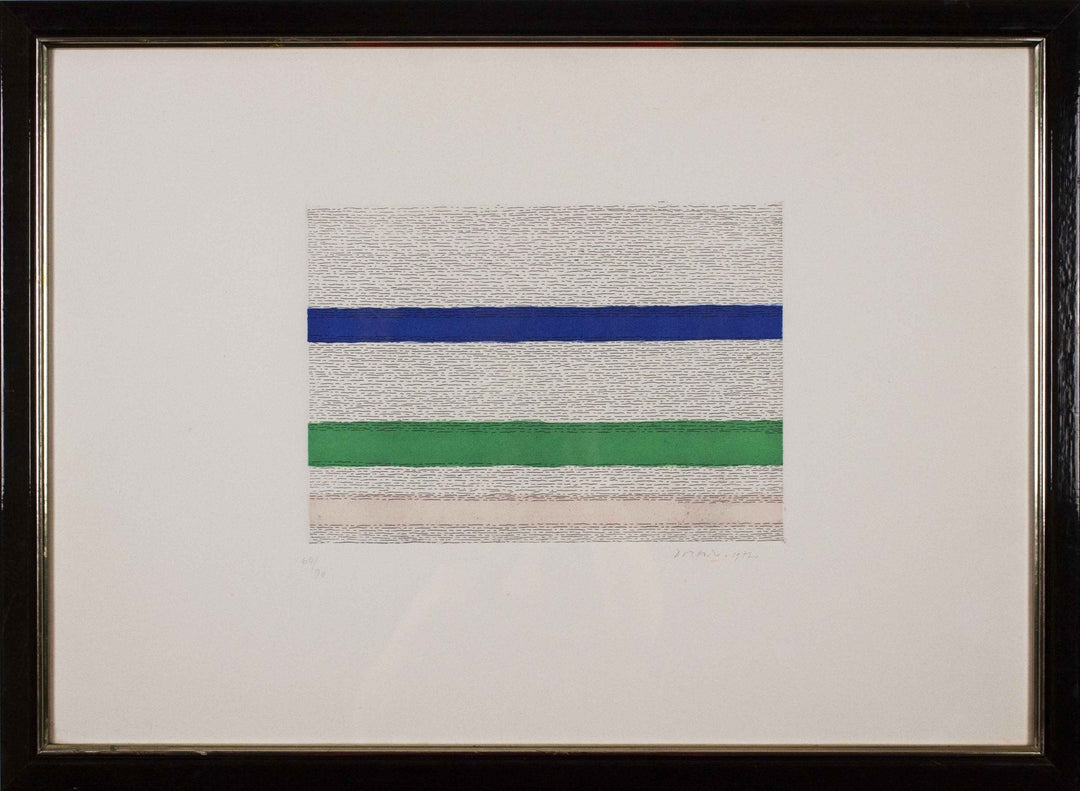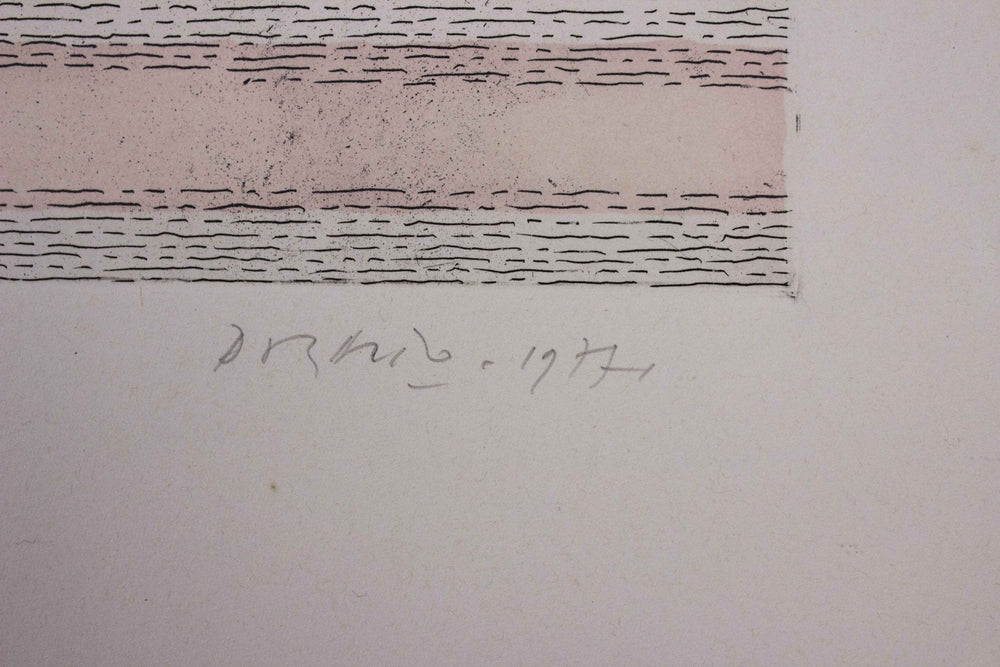ARTIST GRAPHICS
Artist prints and multiples represent a fascinating world rich in peculiarities. These are artworks created in limited edition using an engraved matrix or one specially made by the artist. Unlike simple reproductions, each print is conceived as an original artwork and bears the artist's signature and numbering. This type of artistic production arises from the desire to make art accessible to a wider audience, without giving up the quality and authenticity of the creative process.
Artist prints are distinguished by the direct involvement of the artist in creating the matrix and choosing the edition size, which guarantee its uniqueness. This artistic approach has a long tradition dating back to masters like Dürer and Rembrandt, through Picasso and Andy Warhol, up to contemporary artists.
Printing techniques
The printing techniques used for artist multiples are many, each with specific characteristics:
- Lithography: Based on the use of a limestone on which the artist draws with a greasy material. The image is then transferred to paper using a lithographic press.
- Screenprint: Uses a silk or polyester fabric stretched on a frame, treated with a photosensitive gelatin to make some areas permeable to ink.
- Etching: Involves engraving a metal plate coated with a protective varnish, on which the artist draws with a steel point. The plate is then immersed in an acid bath that corrodes only the engraved areas.
- Aquatint: Similar to etching, but designed to achieve tonal effects similar to watercolor.
- Woodcut: Uses wooden blocks to create prints characterized by incisive and deep strokes.
These traditional techniques are complemented by modern processes such as offset printing and giclée printing, which offer new expressive possibilities thanks to advanced technologies.
Edition size, signature, and numbering
The edition size of an artist's print indicates the total number of copies made. This element is crucial to determine the value of the artwork: the more limited the edition size, the greater its rarity and value.Each copy is numbered in a format like "1/100", where the first number indicates the print's position in the series and the second the total number of copies. Additionally, the artist manually signs each copy, guaranteeing its authenticity. It is important to distinguish between a manual signature and a signature impressed on the matrix, which can reduce the artwork's value.
Prints may also include:
- Artist's Proofs (P.A.): Extra copies not intended for sale, often marked with Roman numerals.
- Proofs of State (P.S.): Used to verify the evolution of the matrix.
- Hors Commerce (H.C.): Copies not for sale, often intended for promotional purposes or donations.
Matrices
The matrix is the fundamental element for creating an artist's print. It can be created by the artist themselves or by a specialized craftsman. Once the edition is completed, the matrix is destroyed or cancelled to prevent further reproductions, thus preserving the value of the existing prints.The quality of the matrix and the number of copies printed from it depend on the material used. For example, copper matrices ensure greater durability compared to wood ones. In some cases, the artist manually intervenes on the prints to add details or tones, increasing the value of the artwork.
Catalogue raisonné
A fundamental aspect for authenticating artist's prints is the catalogue raisonné. This document lists all authentic artworks by an artist, providing detailed information on technique, edition size, provenance, and artwork history. Consulting a catalogue raisonné is essential to verify the authenticity of a print, especially when dealing with unsigned or unnumbered copies.
The catalogue raisonné is a valuable resource both for experienced collectors and for those approaching the world of artist's prints, as it offers a comprehensive view of the artistic production.
Why buy an artist's multiple
Buying an artist's multiple offers numerous advantages. First, it is an accessible way to own an artwork by a renowned artist, often at a lower cost than a unique piece. This makes art more "democratic," bringing it closer to a wider audience.
Artist's multiples also represent an excellent investment opportunity. Their value tends to grow over time, especially for limited editions by established or emerging artists. Moreover, a numbered and signed print can enrich everyday living spaces with personality and elegance.
Buying an artist's multiple also means getting in touch with the artist's creative process. Each print preserves the artist's gestures and intentions, making it a unique piece in its kind. Finally, it is a special gift for those who love art, capable of conveying emotion and beauty.


















